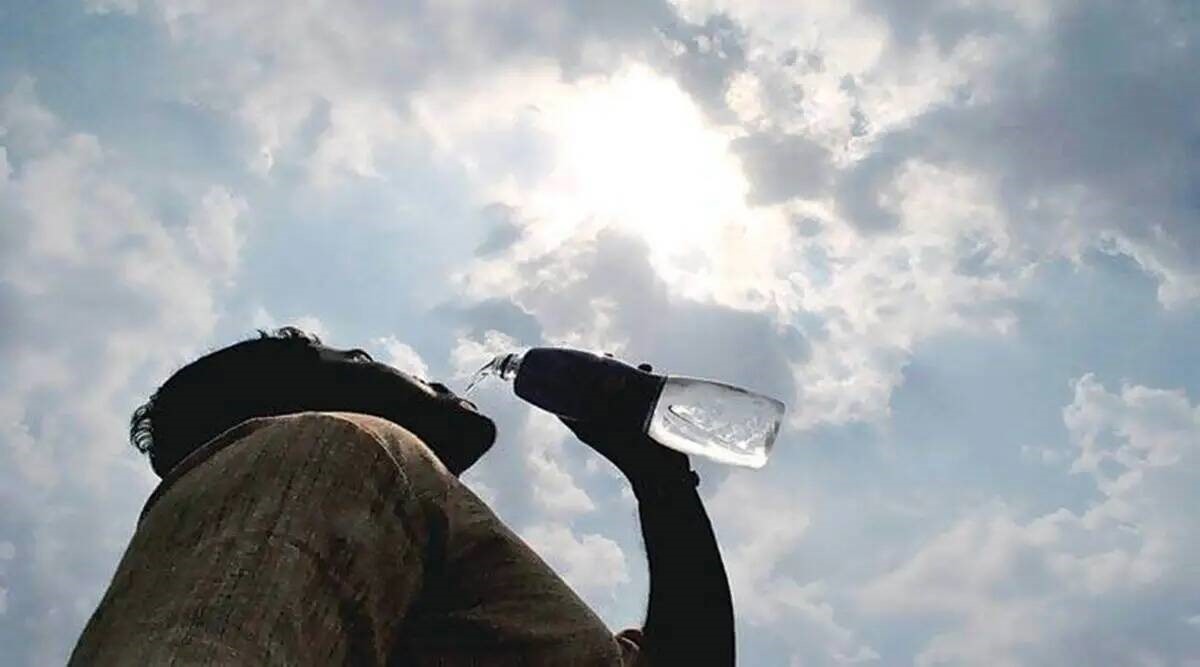




Disclaimer: Copyright infringement not intended.
The disappointing deal on climate finance at COP29 could be the beginning of the unravelling of climate talks.
Climate Finance |
New Collective Quantified Goal (NCQG): USD 300 billion annually by 2035 for developing countries. |
|
Scale finance to USD 1.3 trillion annually by 2035 from public and private sources. |
|
Carbon Markets (Article 6) |
Finalized frameworks for country-to-country carbon credit trading (Article 6.2). |
|
Operationalized Paris Agreement Crediting Mechanism (Article 6.4) with safeguards for environmental and human rights. |
|
|
Supported capacity-building for least developed countries (LDCs) to participate in carbon markets. |
|
Transparency |
13 countries submitted Biennial Transparency Reports (BTRs) under the Enhanced Transparency Framework. |
|
UNFCCC organized #Together4Transparency with 42 events to promote transparency. |
|
Adaptation |
Launched Baku Adaptation Roadmap for expedited National Adaptation Plans (NAPs). |
|
Established a support program for NAP implementation in LDCs. |
|
|
High-level dialogues emphasized financing and technical support for adaptation. |
|
Indigenous Peoples and Local Communities |
Adopted Baku Workplan and renewed LCIPP Facilitative Working Group. |
Gender and Climate Change |
Extended Lima Work Programme on Gender for 10 years; mandated a new Gender Action Plan by COP30. |
Civil Society and Inclusivity |
Over 55,000 attendees from civil society, Indigenous Peoples, youth, and businesses. |
|
Strengthened Action for Climate Empowerment (ACE) for public engagement in national policies. |
|
Global Climate Action |
Showcased solutions under the Marrakech Partnership for Global Climate Action. |
|
Launched 2024 Yearbook of Global Climate Action emphasizing non-Party stakeholder contributions. |
|
Forests and REDD+ |
UK pledged £3 million for REDD+ transparency and deforestation halts by 2030. |
Nationally Determined Contributions (NDCs) |
Stronger NDCs (3.0) due in 2025 covering all greenhouse gases and sectors. |
|
UK and Brazil pledged stronger climate action in updated NDCs. |
Resilient Infrastructure |
Highlighted CDRI and IRIS initiatives for disaster-resilient infrastructure and SIDS adaptation. |
Industrial Decarbonization |
Co-hosted LeadIT Member Meet with Sweden; promoted hydrogen-based solutions and CO2 capture. |
SIDS Adaptation Finance |
Advocated finance unlocking and disaster-resilient support for SIDS. |
Solar Energy Leadership |
Promoted solar adoption with ISA, targeting a 20-fold increase by 2050. |
Gender-Inclusive Action |
Showcased women-led clean energy solutions and gender-inclusive climate policies. |
LeadIT Summit |
Reaffirmed commitment to heavy industry decarbonization under the Paris Agreement. |
READ IN DETAIL ABOUT
https://www.iasgyan.in/daily-current-affairs/countries-adopt-article-6-at-cop29
https://www.iasgyan.in/daily-current-affairs/baku-the-climate-finance-goal
https://www.iasgyan.in/daily-current-affairs/global-energy-efficiency-alliance
Source:
|
PRACTICE QUESTION Q.Climate finance has become a critical element in addressing global climate change, especially in the context of COP 29. Discuss the role of developed nations in providing climate finance to developing countries and the challenges associated with the implementation of these financial mechanisms. (250 WORDS) |











© 2025 iasgyan. All right reserved